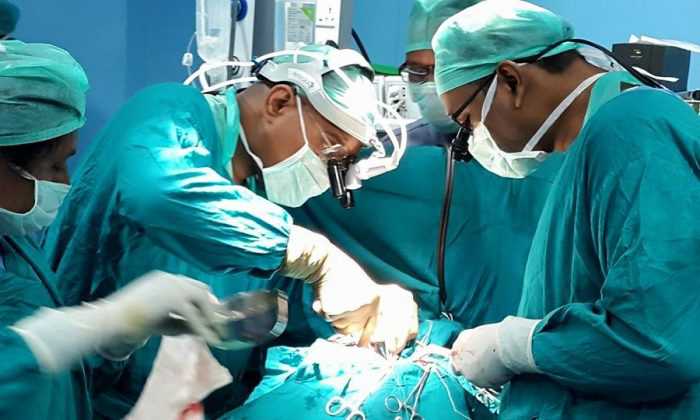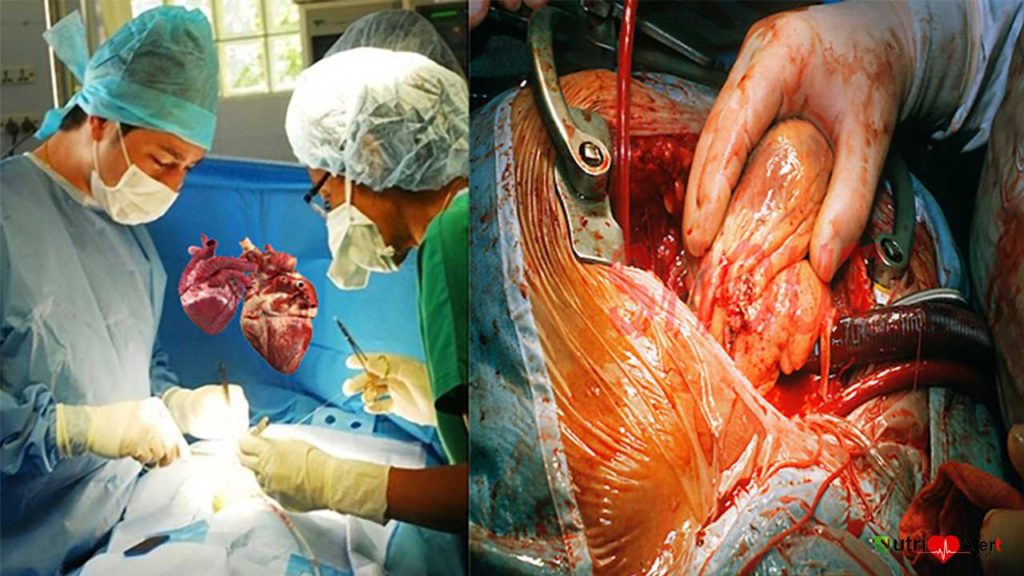The Indian man has two beating Hearts in body
Piggyback Heart Transplant: An Indian man became one of only 150 people worldwide who have two beating hearts in his body. The 56-year-old man was suffering from end-stage heart failure and had been admitted to Apollo Hospital Jubilee Hills, in Hyderabad. The surgery has been going on for 7 hours. It all began just like any other cardiac surgery but at the end of the operation, the patient was left surviving with two beating hearts.
Read more: Top 10 Foods that make Arthritis worse | Top 10 health benefits of yoga in daily life
Piggyback Heart Transplant

A donor’s heart was arriving from Karimnagar after its owner, 17-year-old Mekala Naveen Kumar, was declared brain-dead on Friday. the surgeon said “The donor’s heart was of normal fist-size. The recipient’s heart was the size of a small football.” Explaining that the donor’s heart was too small for the recipient. The patient’s lung blood pressure had shot up four times above the normal level while the aortic systole pressure had gone down.
The surgeon, Dr. Gopala Gokhale was forced to try a radical procedure to give the dying man a chance of survival. Doctor see, there is already a small heart in the patient’s body. It is known that after the death of a 12-year-old girl, her heart was donated to him. But, this heart is too small for 56 years old man. Removing the old heart and replacing it with a new heart would have caused the new heart to fail because of resistance to flow in his lungs, it’s called pulmonary hypertension. But together, the two hearts share the work and get the job done.
Dr. Gokhale inserted the donor’s new heart alongside the existing one, to fix the issue. In this procedure, doctors cut away part of the pericardium and squeeze a new heart between it and the lung. It’s called Piggyback transplant, which replaces the patient’s left heart and allows the patient’s right heart to continue the right-sided pumping through the lungs.
The Heart transplant procedure | Two Beating Hearts
In the heterotopic procedure, the new heart is positioned on the right side of the patient’s own heart. The donor and recipients’ left atria (filling chambers) are surgically attached to each other, allowing bright red, oxygenated blood in the patient’s original heart to flow to the new heart. It is then pumped by the new left ventricle into the patient’s aorta which brings new and increased flow to all parts of the body.
Piggyback heart transplants were pioneered by Christiaan Barnard in South Africa in the 1970s and the average survival for the procedure is ten years. Dr. Gokhale said, “Two hearts in the patient complement each other to facilitate circulation, but beat at different rates. It is a once-in-a-lifetime procedure a doctor performs. The patient’s blood pressures are close to normal and he is stable. But there will be other issues in the future.”

